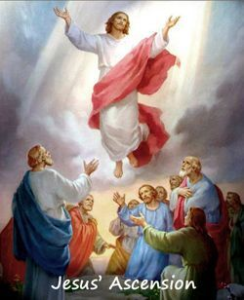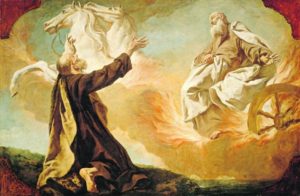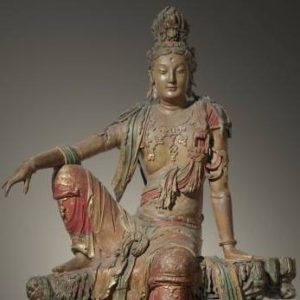Here we are, ready to say good bye to another year. 2020 has been…well, you fill in the blank. I invite each of you to take a few moments to join me now as we look back over the last year. Become aware of the blessings, gifts and new possibilities that have emerged this year for you and let gratitude flow.
For those still focused on the chaos and confusion, this can be challenging. Who wants to be thankful for that? Perhaps you can let go of that and shift your focus, if only for a few moments. Can you recognize, honour and be grateful for all the ways in which you’ve managed to survive if not thrive? Each of us has changed, either by choice or having choice forced upon us.
A few days ago I was playing with the difference between comfortable and familiar.  Familiar refers to the times when your mind recognizes certain situations or people. You’ve been with them or in that situation before.
Familiar refers to the times when your mind recognizes certain situations or people. You’ve been with them or in that situation before.
Comfortable means you can relax into the moment, the relationship, and enjoy it…feel some measure of security, balance and peace.
Neither of these words apply to 2020 in any measure. It was a time of change. The familiar was no longer and there were precious few places to be comfortable in all the unknown. Given the situation, we looked for ways to find our balance again. We floundered, we adapted to what the world brought to us and we emerged, time and time again. And we discovered we are resilient. We survived!
I prefer to see 2020 as the divine moving in and through us to open us to new possibilities and potentials. As we shift our focus from the information and ensuing rules that forced us to let go of the familiar and comfortable, we begin to recognize the opportunities for new choices in our life. What feels better, what brings more joy? What allows you to express yourself in a way that was not available before?
The coming of a new year is considered a time of making resolutions. We decide what changes to make in our lives and then promise ourselves to make it happen. This is a mind thing and so very often leads to frustration, disappointment and self-judgment. It is challenging to let go of familiar and comfortable people and situations because of the strong emotional attachments involved.
Now is the time to begin imagining a new way of being in the world…for yourself, your family, at work, in social situations. The divine has given us these moments of quiet to become aware of who we are. We can release the old emotions that come up when we consider making a change, finding new insights and integrating the new into our life. We can choose to change the channel we are watching, to shift our focus from what was to what is now possible. Seeds of freedom and expansion have been planted. Quiet moments of reflection unveil new ways of being in relationship, of creating income, new ways of living in love, joy, peace and harmony with all of creation. Let your love flow with the smallest of dreams… The world around us will reflect the changes happening within.
become aware of who we are. We can release the old emotions that come up when we consider making a change, finding new insights and integrating the new into our life. We can choose to change the channel we are watching, to shift our focus from what was to what is now possible. Seeds of freedom and expansion have been planted. Quiet moments of reflection unveil new ways of being in relationship, of creating income, new ways of living in love, joy, peace and harmony with all of creation. Let your love flow with the smallest of dreams… The world around us will reflect the changes happening within.
Let’s use this time of upheaval to create our new lives, our new world. Imagine being in joy, having fun, loving those around you, being in gratitude for all that is happening, Choose to live and love fully in every moment. The ‘new normal’ can be heaven on earth, moment by moment!
[avatar size=”thumbnail”]Quan Yin – goddess of mercy and compassion[/avatar] by Eloecea
Unsubscribe here
Header image courtesy of NASA/ESA Hubble Space Telescope




